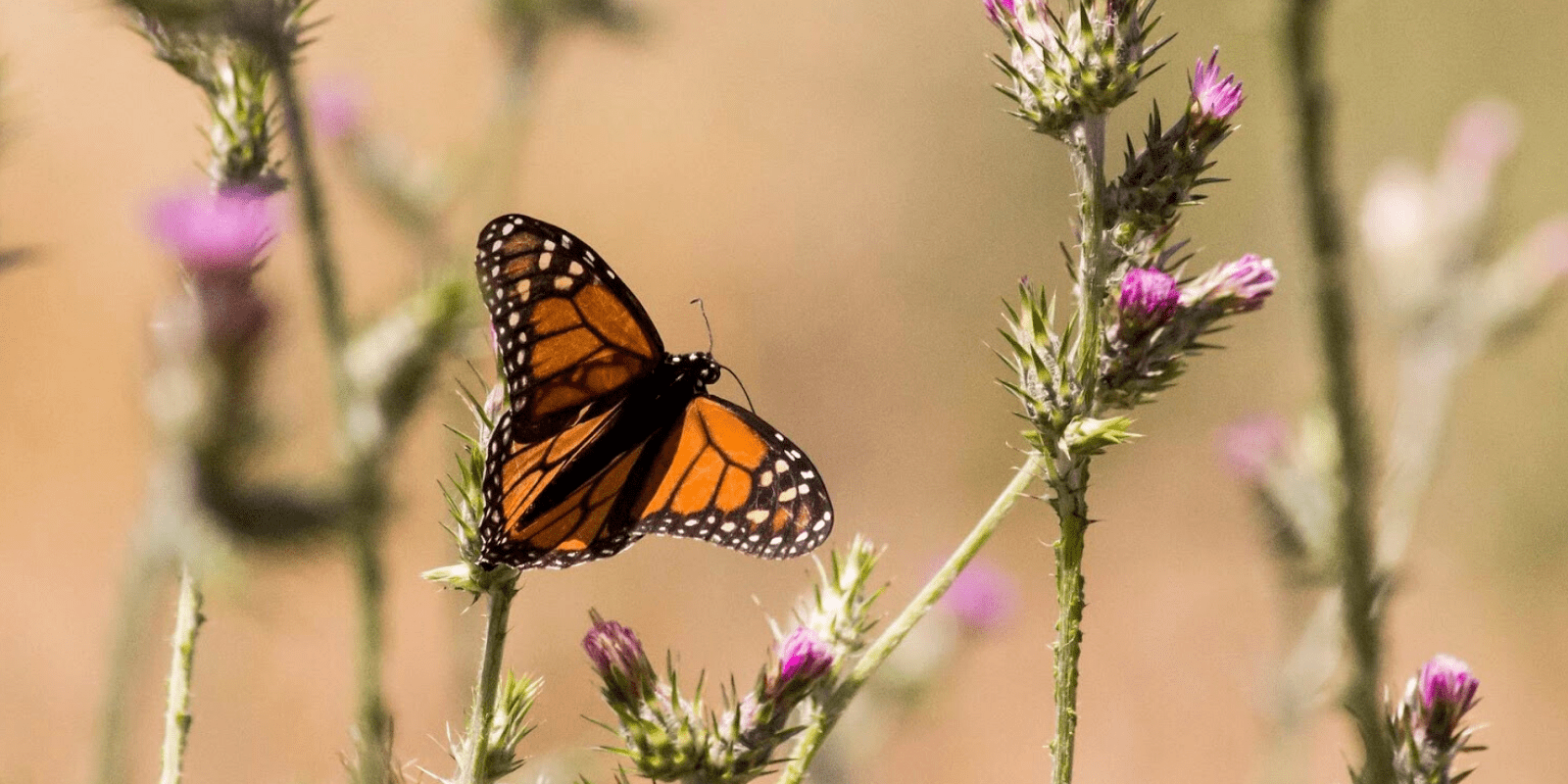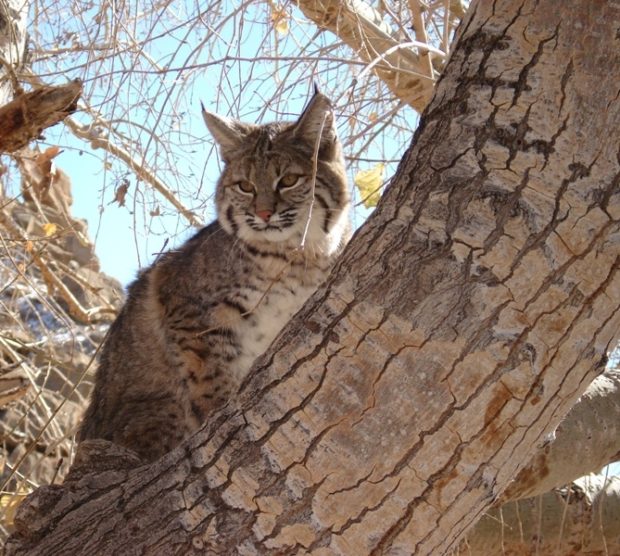We have much more to do and your continued support is needed now more than ever.
Eight Wildlife Wins on our Public Lands and Waters

We share the world with wildlife and we have a responsibility to ensure that it thrives into the future. But some sobering news came earlier this year, when the United Nations issued a detailed report about the global wildlife crisis: at least one million species are now at risk of extinction unless we take drastic steps to prevent it. One-third of all U.S. wildlife species are already imperiled or are vulnerable. Habitat loss, climate change, invasive species, disease, and severe weather have all taken a severe toll on birds, mammals, fish, amphibians, reptiles, butterflies, and bees.
But it’s not all bad news. While much needs to be done to reverse this catastrophic trend, it is important to acknowledge and build upon some significant wildlife successes on our public lands and waters from the past year.
Here are eight reasons to celebrate this season—starting with a new national park!
1. New Mexico’s White Sands Soon To Be a National Park
This week, Congress voted to create White Sands National Park in southern New Mexico. Established as a national monument in 1933, White Sands is home to more than 800 different species of wildlife including the kit fox. The new designation will bring additional resources and protections for the spectacular wildlife and landscapes in the area. Local community members hope the national park will lead to a dramatic increase in visitors, boosting an already vibrant outdoor recreation economy.
2. Passage of the Biggest Public Lands Bill in Decades
The most significant wildlife win of 2019 was the passage of the John D. Dingell, Jr. Conservation, Management and Recreation Act. Named for the longtime Michigan congressman and wildlife champion who died in February, this legislation was a compendium of 100 different bills that protects 2.3 million acres of public lands and waters.
From peregrine falcons in Acadia National Park to desert tortoises in the Mojave National Preserve, the Dingell Act added new protections and additional funding to foster conservation from coast to coast. It created more than 600 miles of new “wild and scenic” designated rivers and added 1.2 million acres to the Wilderness Preservation System. The act passed with overwhelming bipartisan support, proving once again that conservation issues are wildly popular with the American public.
3. America’s Best Conservation Program Became Permanent
The capstone of the Dingell Act was the permanent reauthorization of the Land and Water Conservation Fund (LWCF). Created 55 years ago, LWCF has helped support national, state, and local parks, hiking and biking trails, wildlife refuges and historic sites in all 50 states. The fund has helped preserve habitat for species great and small, from monarch butterflies to Rocky Mountain elk. Explore this interactive map to see what species have benefited from LWCF projects near you.
Now Congress is poised to permanently and fully fund the program. We are hopeful this much-needed legislation will receive final Congressional approval in 2020 so that LWCF will be allowed to finally reach its full potential.
4. Protecting Chaco Canyon’s Culture & Critters

Chaco Canyon, located in the northwest region of New Mexico, contains 4,000 archaeological sites representing 10,000 years of human history. This fall, the House took an important step in creating a 10-mile buffer around Chaco Canyon, banning oil, gas, coal, and mineral extraction. The bill still awaits Senate approval, but the proposed protections would benefit mule deer, badgers, bobcats, lizards, and bird populations that live near the canyon.
5. Big Moves for Wildlife Corridors
2019 was a great year for the recognition of wildlife corridors. In April, New Mexico became the first state in the nation to adopt a comprehensive program to identify and safeguard wildlife migration corridors. Four months later, Colorado Governor Jared Polis issued an executive order to prioritize similar protections. This fall, more than 25,000 citizens wrote to the U.S. Forest Service asking for corridor protections in new management plans for the Carson and Santa Fe forests. Those forests are located in the Upper Rio Grande watershed, which is home to elk, bighorn sheep, pronghorn, mule deer, and cutthroat trout which depend on connected pathways for mating, food, and seasonal migration.
6. California OK’s World’s Largest Wildlife Crossing
Speaking of corridors, California will soon be building the world’s largest wildlife crossing to give mountain lions, deer, birds, lizards, and other creatures a safe pathway between habitats. Funded mostly from private sources, the 200 foot-long land bridge will cross 10 lanes of the 101 Freeway near Los Angeles and is expected to be completed by 2023.
7. Yes to Wildlife; No to Mining
The House of Representatives voted to prohibit uranium mining on a million acres around the Grand Canyon. The bill makes permanent a temporary ban that was established in 2012. For decades, uranium mining left a toxic legacy of health problems for Native American tribes and contaminated water sources for millions of people downstream. The uranium tailings also threatened wildlife species such as bald eagles, goshawks, peregrine falcons, mountain lions, elk, and the endangered California condor. The House bill now awaits Senate approval.
8. Progress Towards Stopping Invasive Asian Carp
The Army Corps of Engineers approved a nearly $800 million plan to protect the Great Lakes from being invaded by Asian Carp. The project would install noisemakers, electric cables and other devices at the Brand Road Dam on the Illinois River, about 40 miles from Lake Michigan. Carp are voracious eaters and often outcompete native fish such as yellow perch, bluegill, and black and white crappie. The plan must now be approved by Congress.
The National Wildlife Federation and its affiliates were proud to play a major part in many of these projects during this past year. We will continue the work into 2020 and hope that you’ll join along side as we fight for wildlife.
Donate!





















